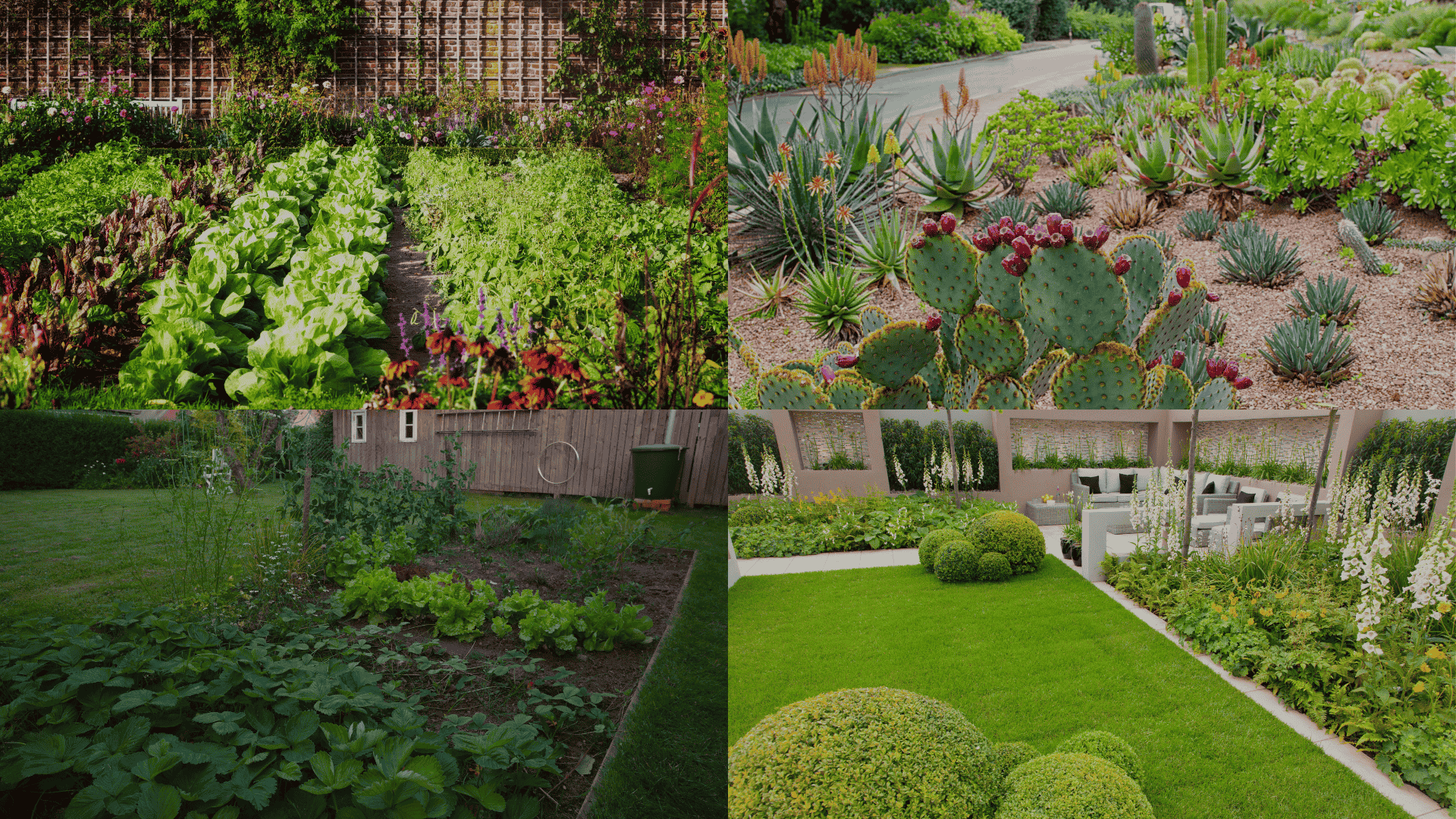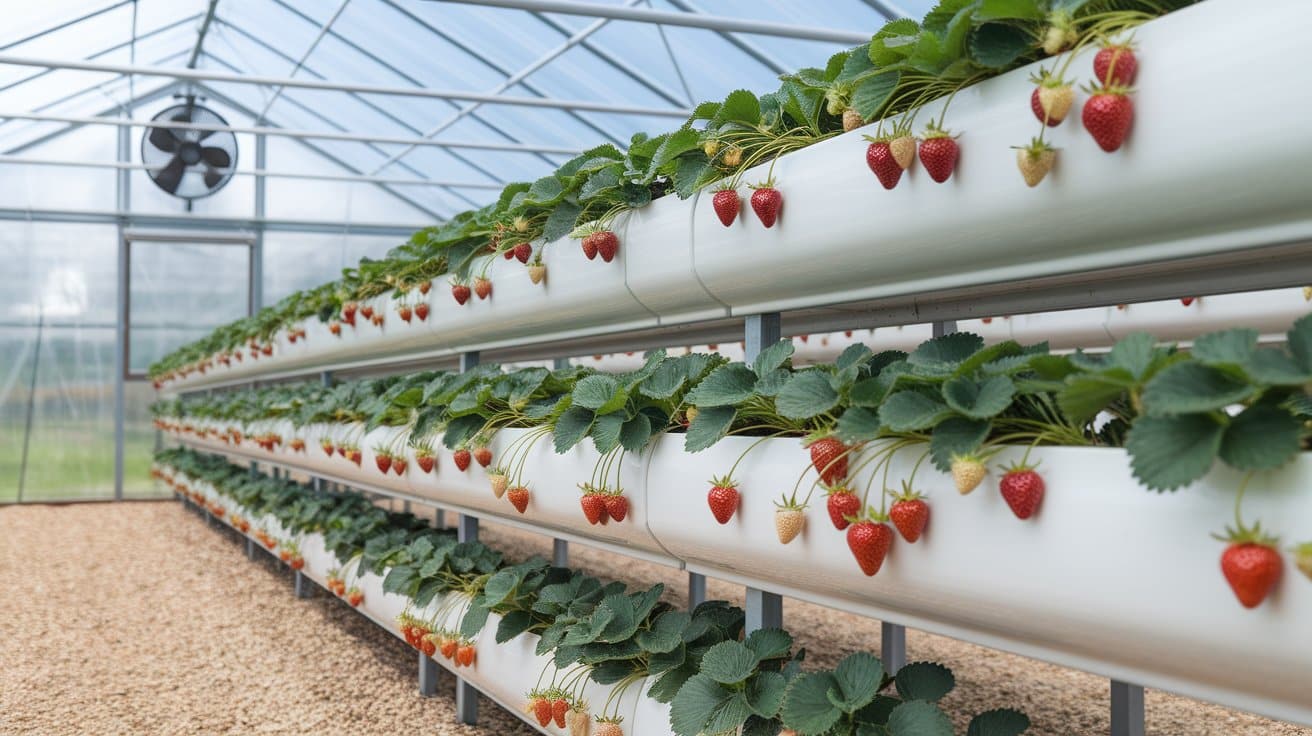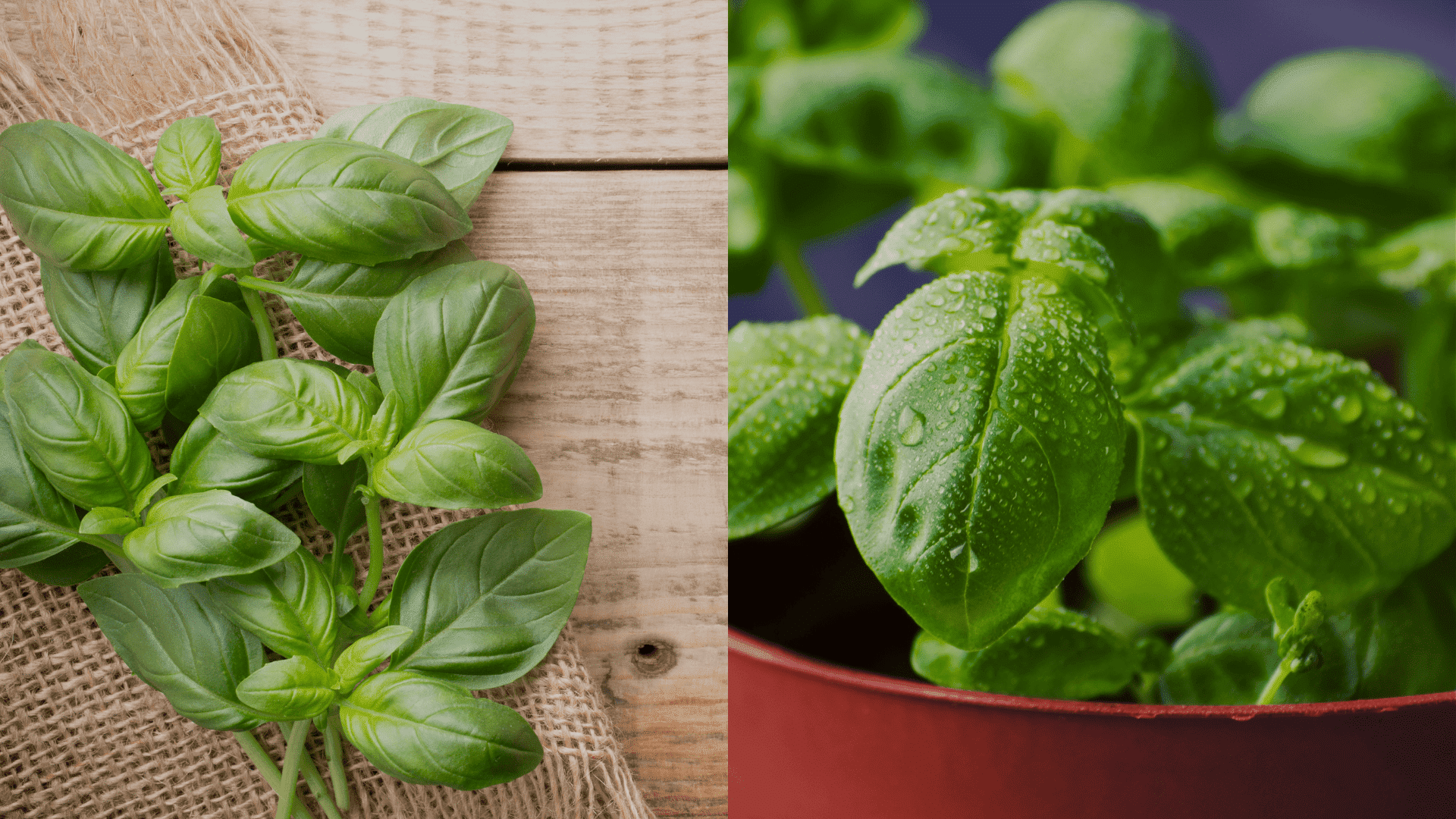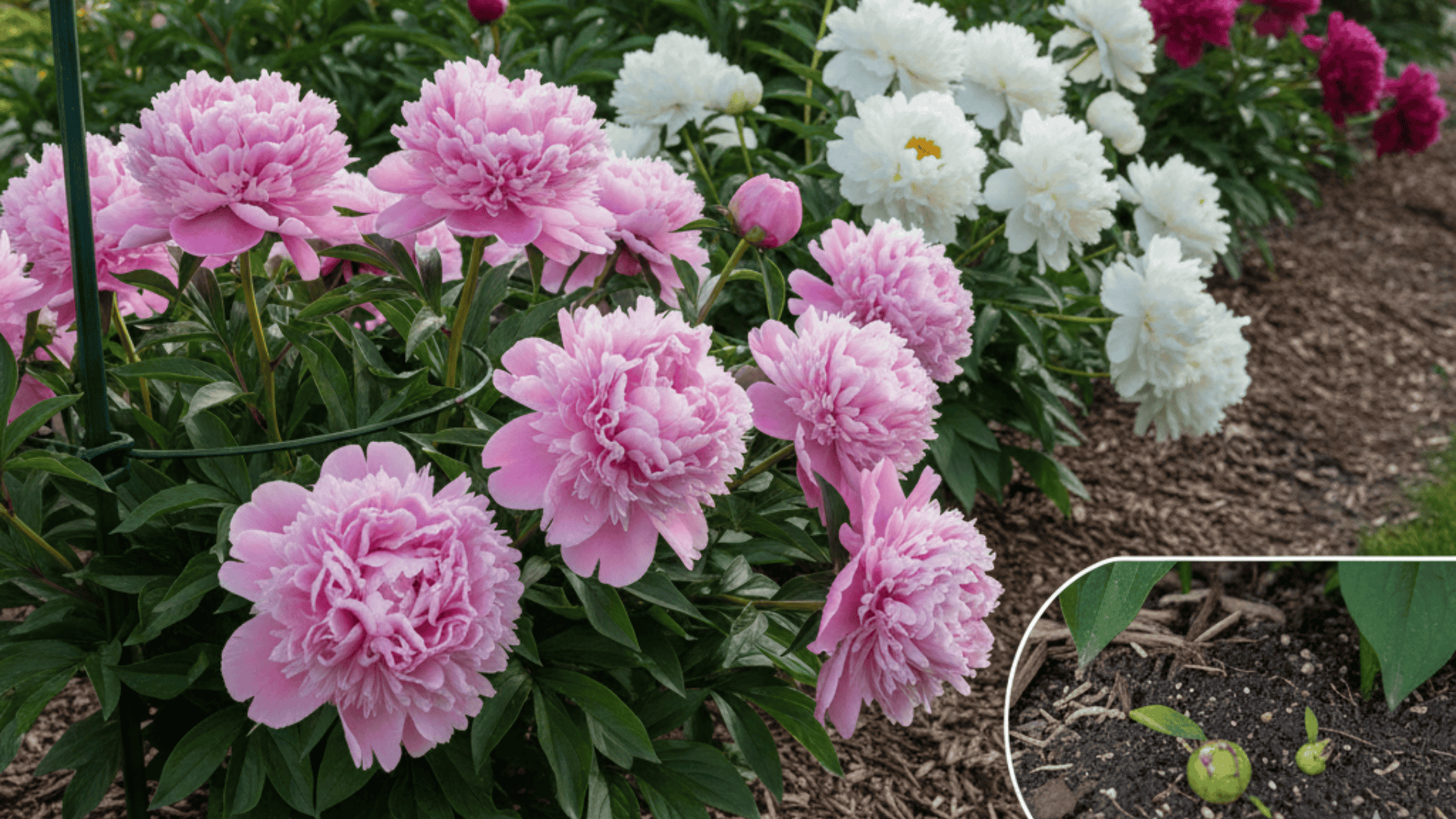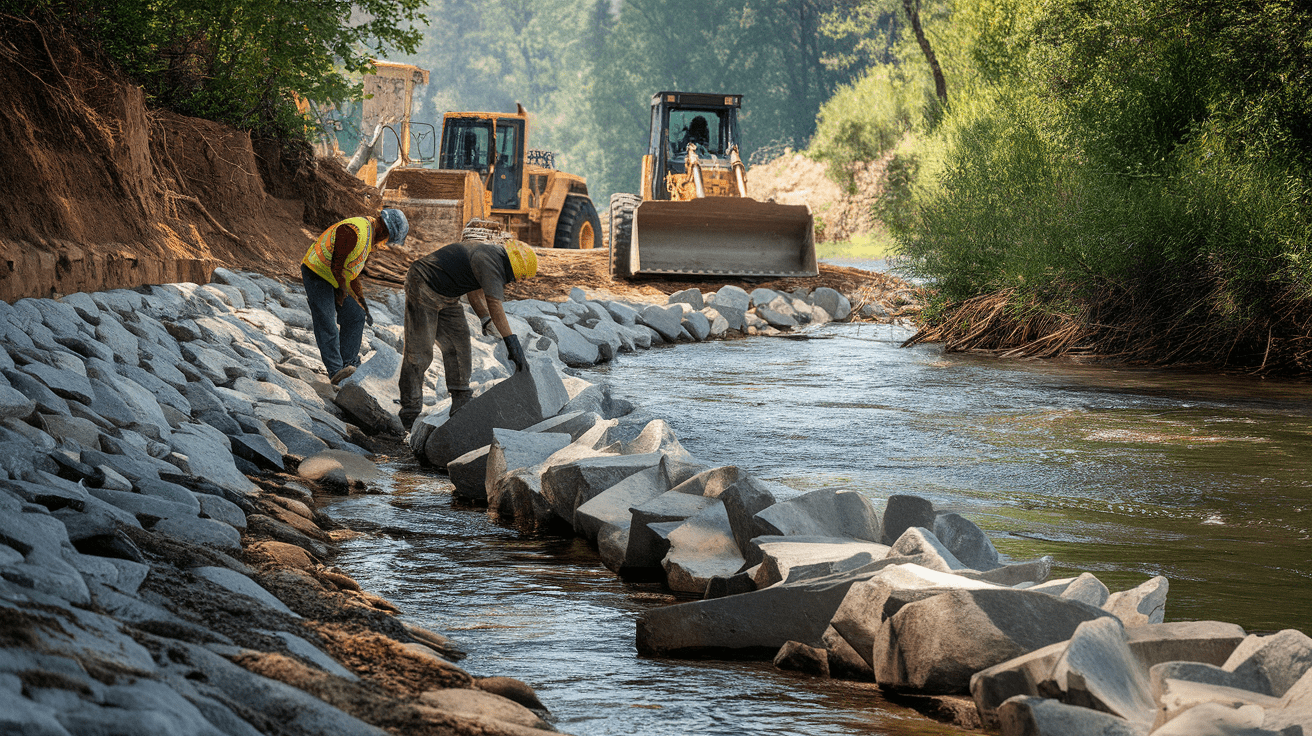Your vegetables are fighting for survival right now, and you might not even know it.
When plants crowd together, competing for every drop of water and ray of sunlight, they produce smaller harvests and attract more pests.
The secret to abundant vegetables lies not in expensive fertilizers or constant watering, but in something much simpler: giving each plant exactly the space it needs to thrive.
Smart vegetable garden layout plans and spacing change struggling plants into productive powerhouses.
The difference between harvesting a few tomatoes versus baskets full often comes down to those crucial inches between plants and the arrangement of your beds.
Why Garden Layout and Spacing Matter?
Good garden planning isn’t just about making things look neat.
The right layout and spacing create the conditions your vegetables need to thrive.
When plants have adequate room, proper sunlight exposure, and good air circulation, they naturally become more resistant to pests and diseases while producing larger, more abundant harvests.
Here’s why getting it right matters for your harvest:
- Preventing overcrowding ensures plants don’t compete for sunlight, water, and nutrients. Good airflow also reduces fungal diseases.
- Easier maintenance means you can reach all your plants for weeding, watering, and harvesting without struggling.
- Fewer pests and diseases occur naturally with proper spacing. Airflow helps leaves dry quickly, and you can spot problems early.
- Better yields happen when you maximize every square foot of growing space through smart planning.
Popular Vegetable Garden Layout Plans
Your garden layout sets the foundation for everything that follows.
From traditional rows to modern raised beds, each approach offers distinct benefits for plant health and harvest success.
Different garden layouts work better for different spaces and gardening styles.
Here are three proven methods to consider for your vegetable garden:
1. Traditional Row Planting
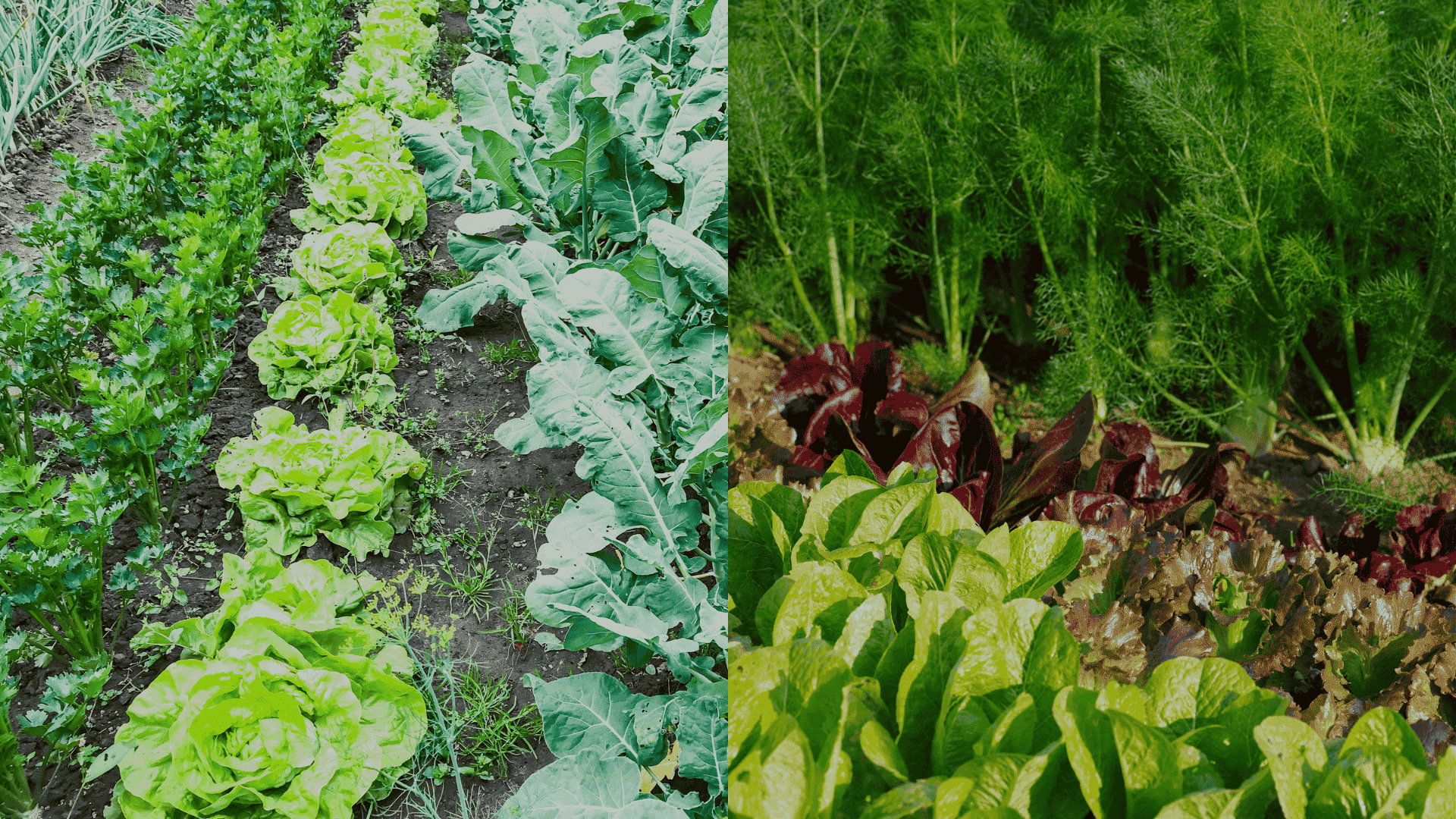
Row planting works best for large gardens where you have plenty of room to work.
This classic method involves planting vegetables in straight lines with walking paths between them.
Benefits: Easy access to all your plants and compatibility with mechanized tools like tillers or wheel hoes if you’re working with a larger space.
Spacing examples for common vegetables:
- Beans: Plant seeds 2-4 inches apart in rows spaced 18-24 inches apart
- Carrots: Thin seedlings to 2-3 inches apart in rows 12-18 inches apart
- Lettuce: Space plants 6-8 inches apart in rows 12 inches apart
2. Raised Bed Gardening
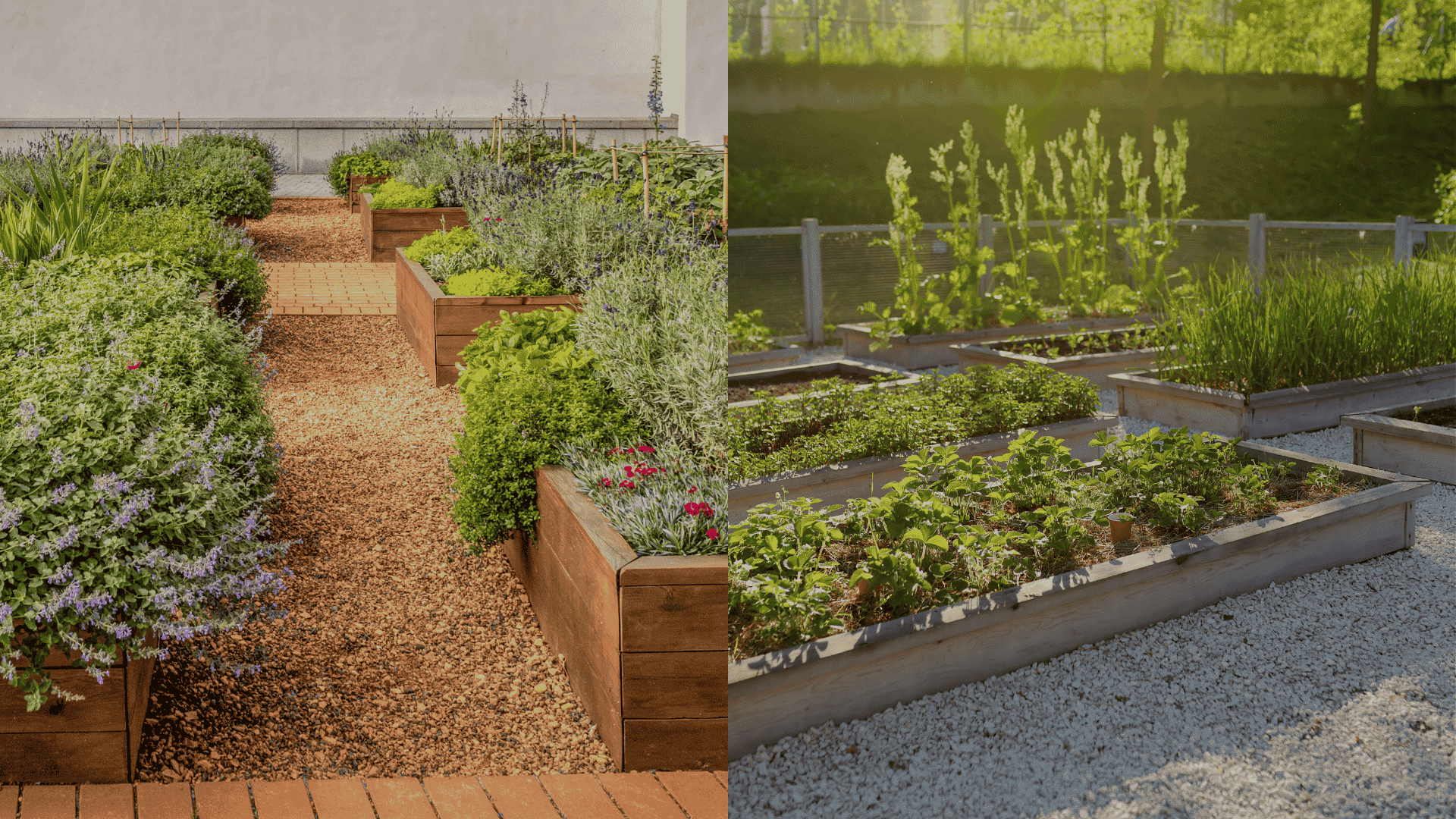
Raised beds are ideal for small to medium gardens and have become increasingly popular among home gardeners.
These contained growing areas sit above ground level, usually enclosed by wood, stone, or metal frames.
Benefits: Better soil control, less weeding, and higher yields per square foot thanks to improved drainage.
Example layout for a 4×8 raised bed:
- Tomatoes along one end with support stakes
- Peppers and herbs in the middle section
- Leafy greens like lettuce and spinach near the front edge for easy harvesting
3. Square Foot Gardening
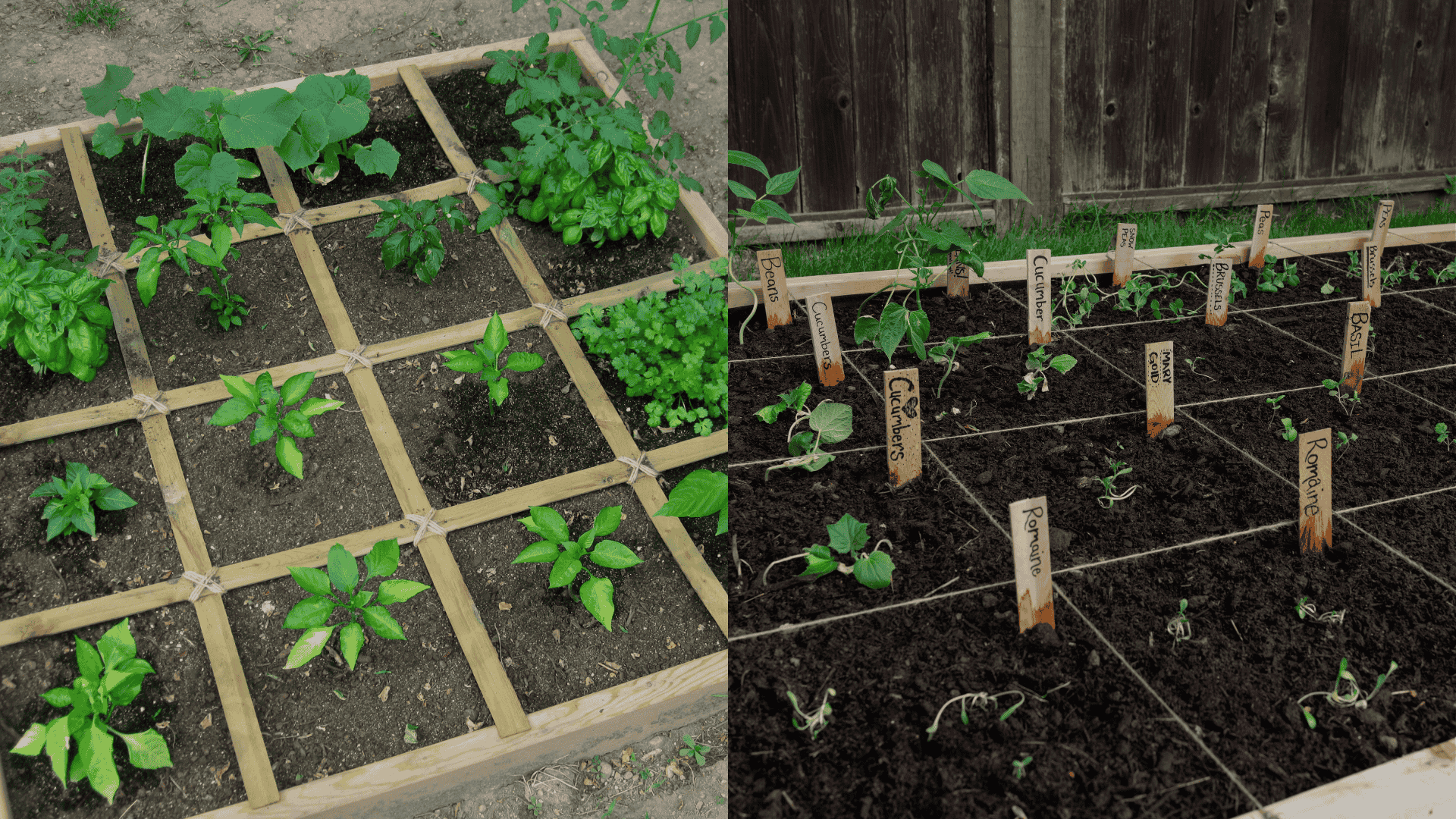
Square foot gardening is perfect for limited space and backyard gardens.
This method divides your growing area into a grid of 1-foot squares, with each square holding a specific number of plants based on their size.
Benefits: Maximizes small spaces, simplifies planning with visual grids, and reduces waste by planting exact quantities needed.
Example plant spacing per square:
- 1 tomato plant per square
- 4 lettuce plants per square
- 16 carrot or radish plants per square
- 9 beet or bush bean plants per square
Pro Tip: Pair vegetables that benefit each other; tomatoes with basil for pest control, carrots with onions to repel flies, or corn with beans and squash for mutual support.
Sample Vegetable Garden Layout Ideas
Theory is helpful, but examples make planning easier.
Now that you understand the basics, let’s look at how these principles work in real gardens.
These three layouts can be adapted to fit your specific space and needs:
1. Small Backyard (10×10 ft)
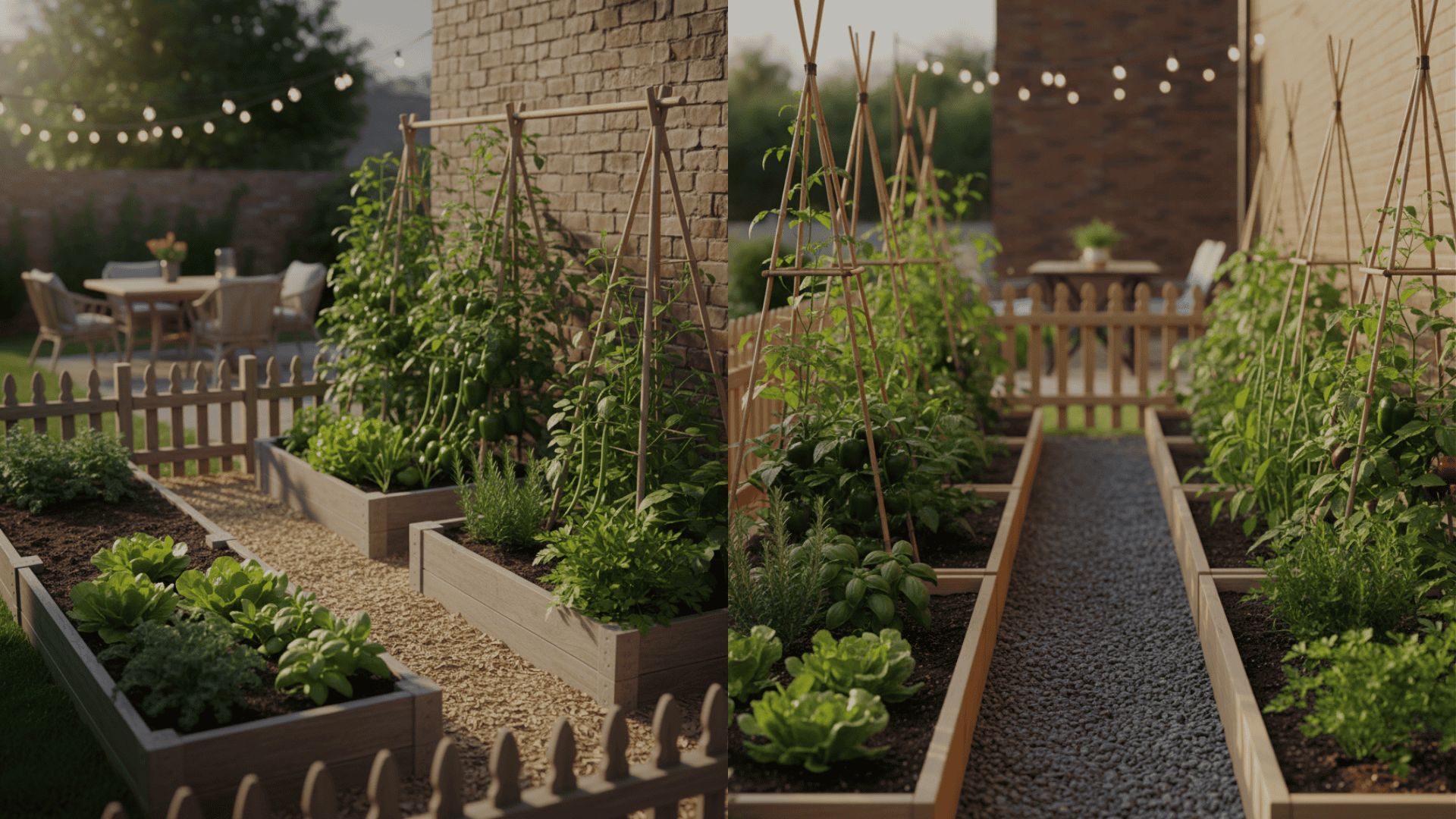
For a compact space, combine different methods to maximize production.
- Mix rows and compact raised beds for visual interest and better drainage.
- Place tomatoes, peppers, and pole beans along the sunny back edge.
- Position leafy greens and herbs in front for easy access during daily cooking.
2. Raised Bed for a Family Garden
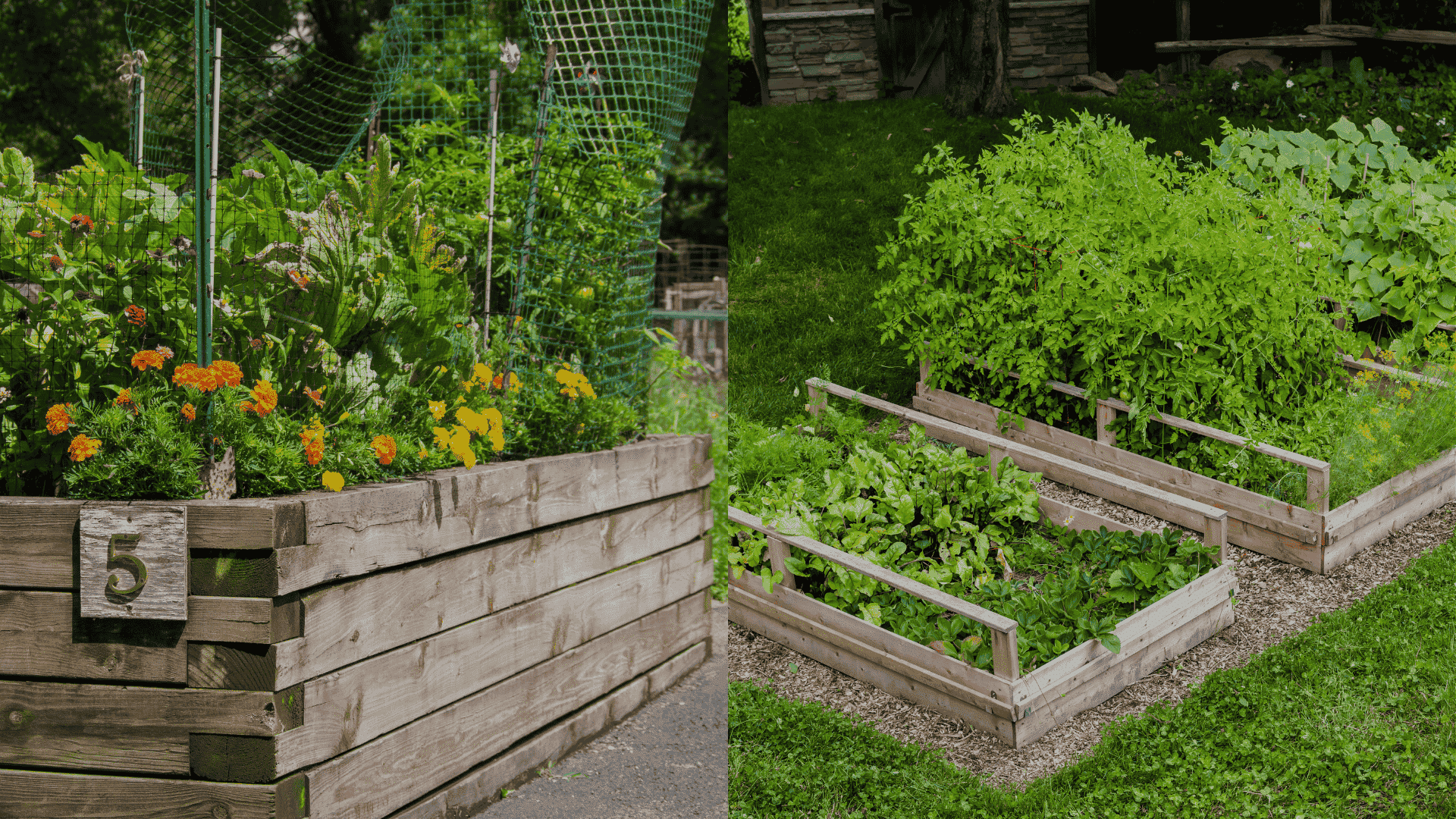
A family garden needs steady harvests throughout the season.
- Set up one or two 4×8 beds with companion planting.
- Place tall crops (corn, trellised cucumbers) at the back or north side.
- Position mid-size plants (peppers, eggplants) in the middle rows.
- Fill edges with quick growers (radishes, lettuces) for frequent harvesting.
3. Balcony or Patio Garden
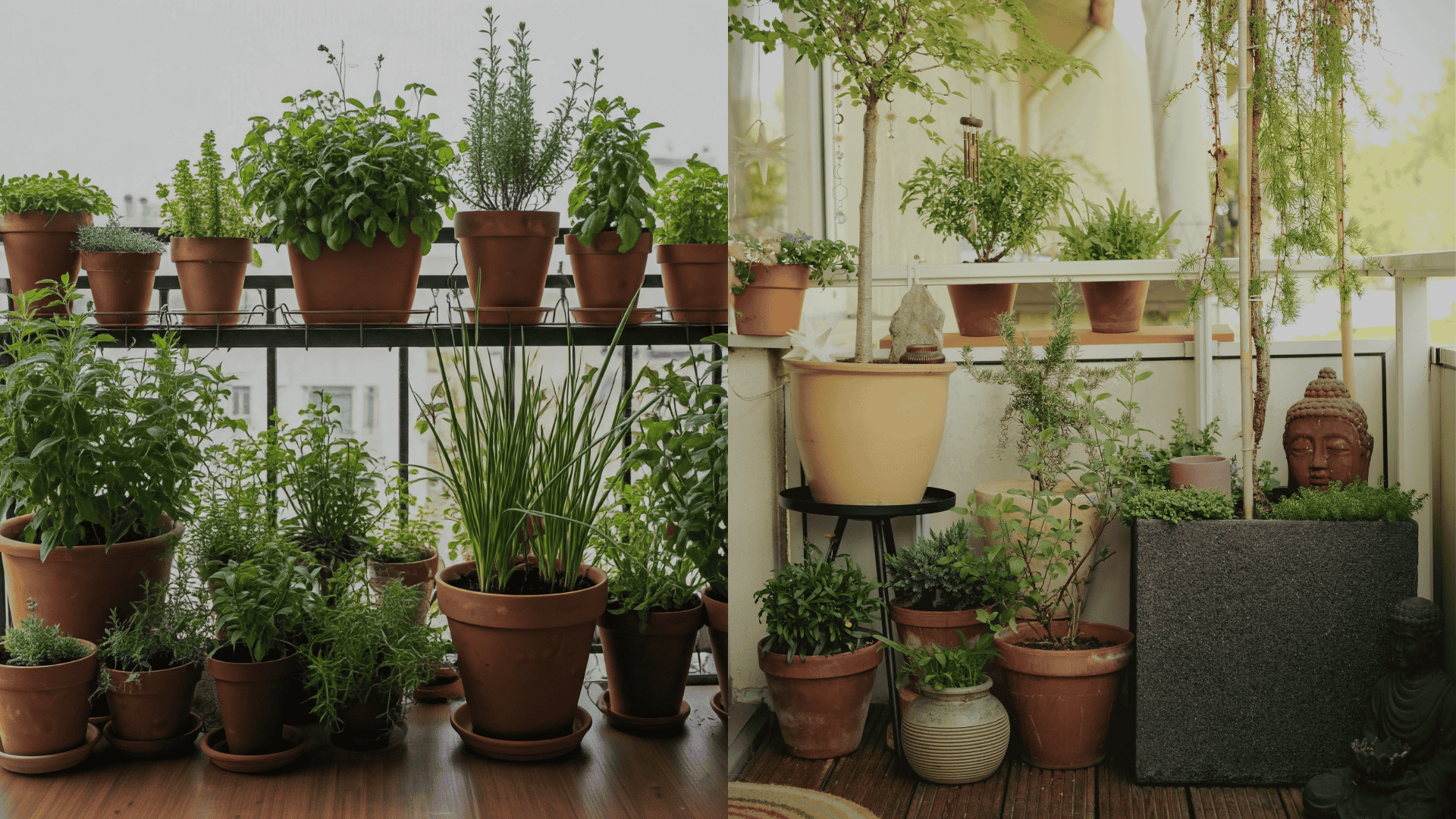
Container gardening brings vegetable growing to any sunny outdoor space.
- Use vertical trellises to maximize limited square footage.
- Grow cherry tomatoes, peppers, and dwarf beans in large pots (5+ gallons for tomatoes).
- Add railing planters or tiered shelves for herbs and salad greens.
- Install wall-mounted trellises or tomato cages for vining crops.
4. Vertical Garden Layout
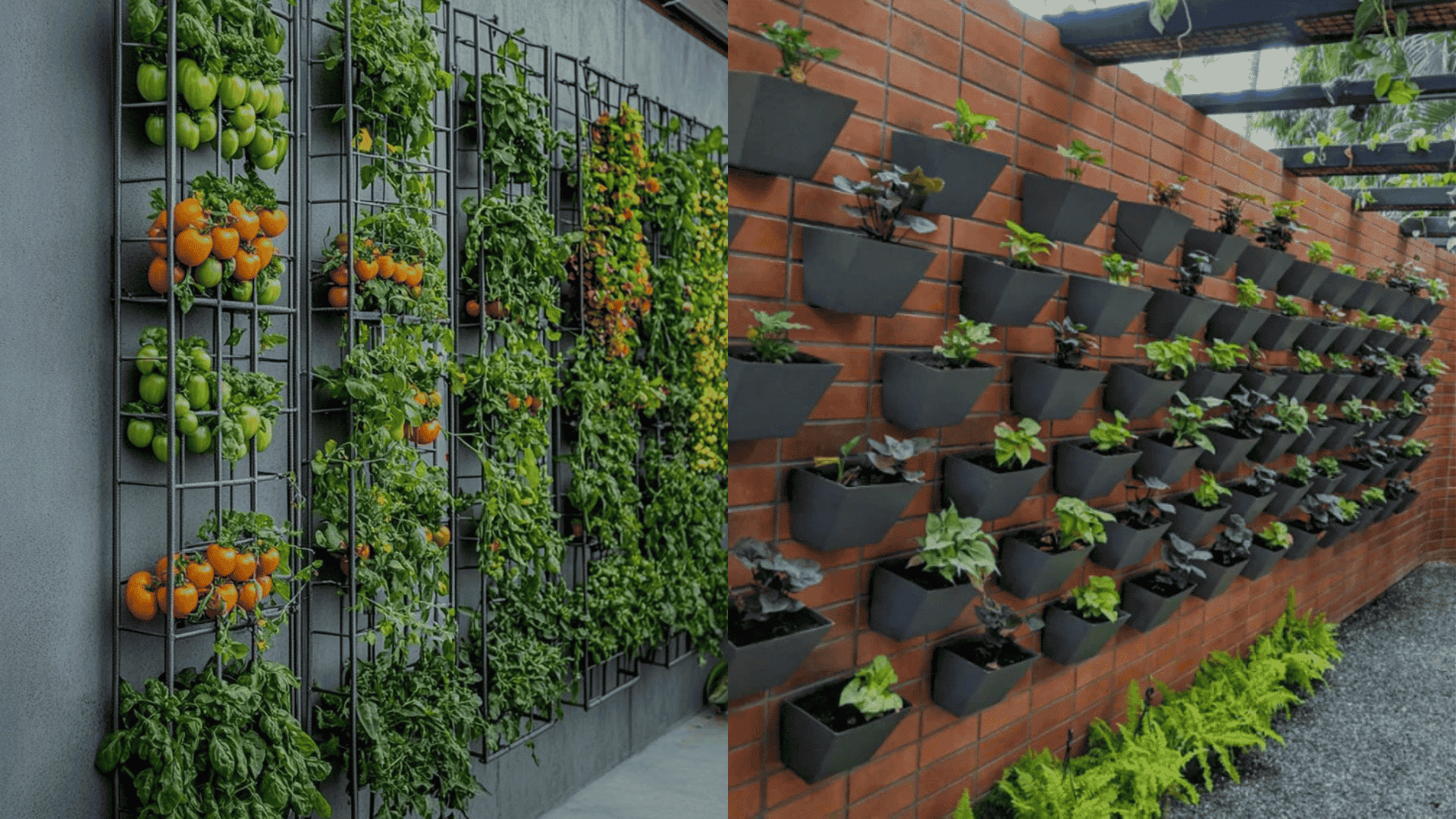
Perfect for gardeners with limited ground area.
- Install wall-mounted planters or vertical towers for compact growing.
- Ideal for herbs, lettuce, and strawberries.
- Frees up space while keeping plants accessible.
5. Companion Planting Layout
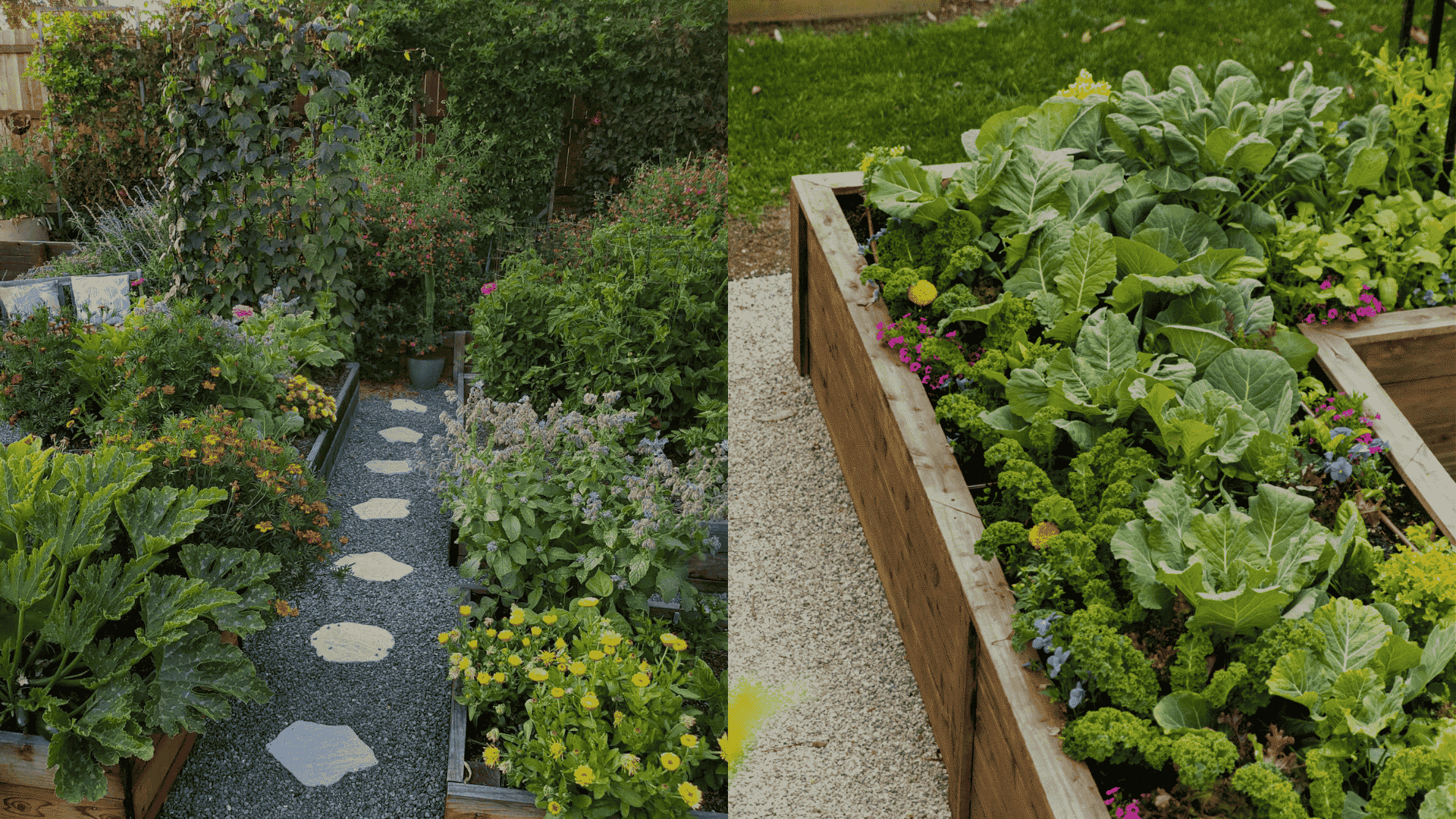
This layout focuses on pairing plants that benefit each other’s growth.
- Combine tomatoes with basil to deter pests.
- Pair carrots with onions to reduce fly infestations.
- Mix tall and short plants to optimize space and sunlight.
Tips for Spacing Vegetables Correctly
The difference between a struggling garden and a thriving one often comes down to spacing.
Use these proven strategies to ensure every plant has adequate room to grow and produce:
- Thin seedlings early. Overcrowded plants produce poorly. Follow seed packet guidelines.
- Plant tall crops on the north side to avoid shading shorter vegetables.
- Try succession planting every 2-3 weeks for steady harvests of lettuce, radishes, and beans.
- Use trellises for cucumbers, peas, and pole beans to save space and improve airflow.
- Leave pathways between rows or beds at least 18-24 inches wide for comfortable access during maintenance and harvesting.
- Use a garden planner (graph paper, online tools, or apps) to visualize spacing and track crop rotation.
Conclusion
Getting your vegetable garden layout plans and spacing right can significantly increase the amount of food you grow this year.
Companion planting adds another layer; pairing tomatoes with basil or carrots with onions creates natural pest control while maximizing every inch.
The math is simple: correct spacing equals healthier plants and bigger harvests.
Too close means competition and disease. Too far wastes precious growing space. Graph paper or online planners help visualize your layout before planting day arrives.
Your garden reflects your choices, make them count this season.
Which vegetable spacing trick changed your harvest game?
Share your favorite layout success below!
Frequently Asked Questions
How Do I Know if My Soil Needs Amendment Before Planting?
Squeeze a handful of moist soil. If it forms a tight ball that won’t crumble, add compost to clay soil. If it falls apart immediately, add compost to sandy soil. Good garden soil holds shape but breaks apart with gentle pressure.
Can I Plant Vegetables in the Same Spot Every Year?
Rotate crops annually to prevent nutrient depletion and disease. Avoid planting the same vegetable family in one spot for 2-3 years. If you grew tomatoes this year, plant beans or lettuce there next season.
What’s the Best Time of Day to Water My Vegetable Garden?
Water early morning (6-10 AM) so foliage dries during the day, reducing disease risk. Avoid evening watering, as wet leaves overnight can promote fungal problems.

